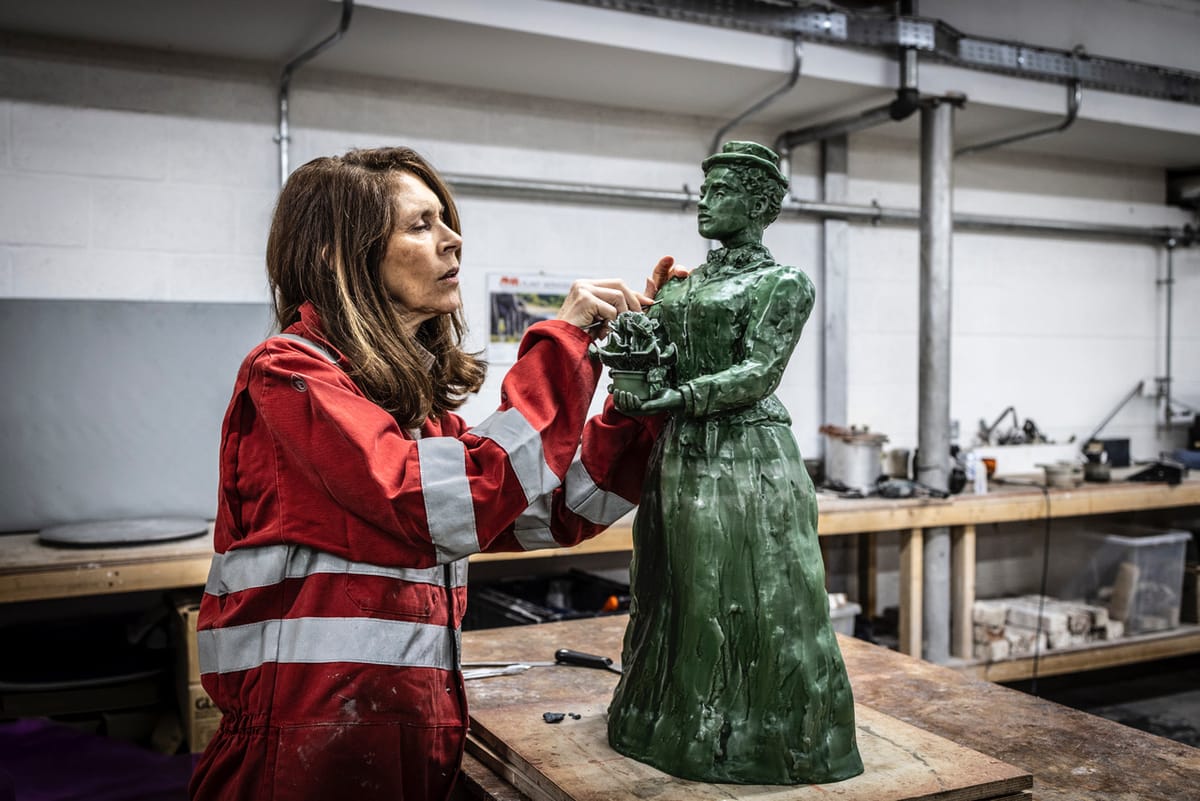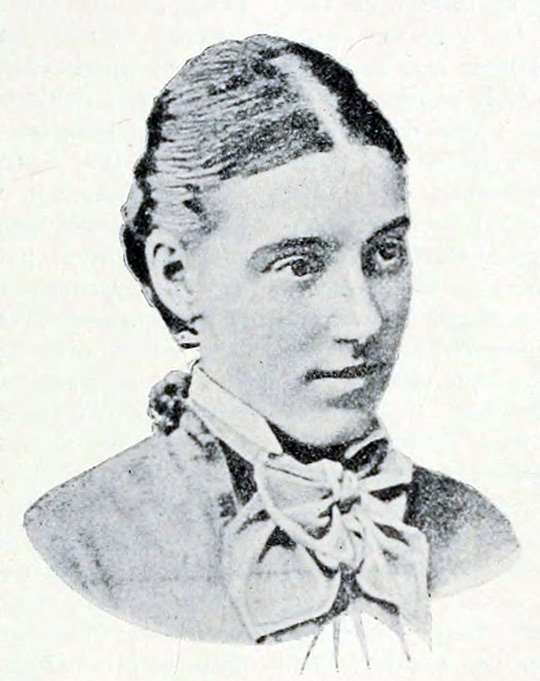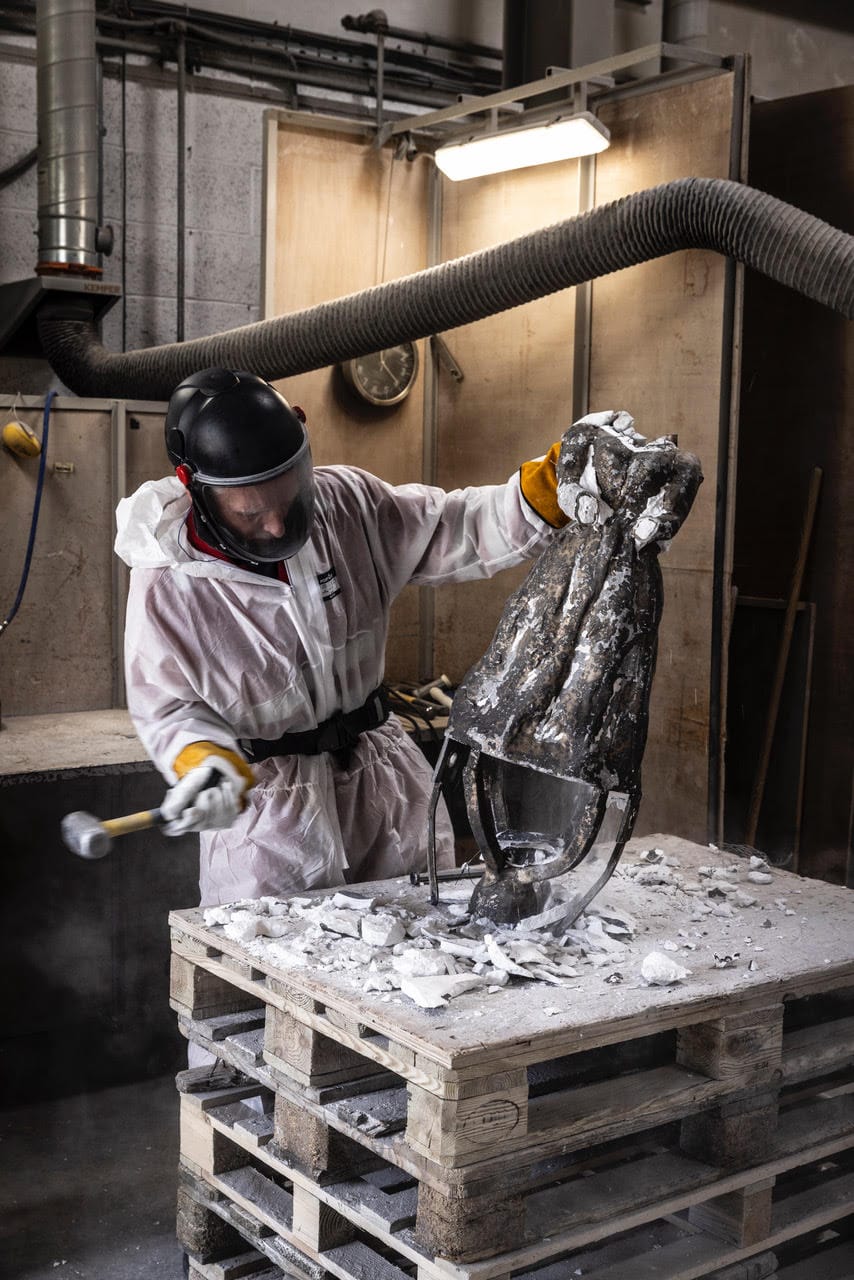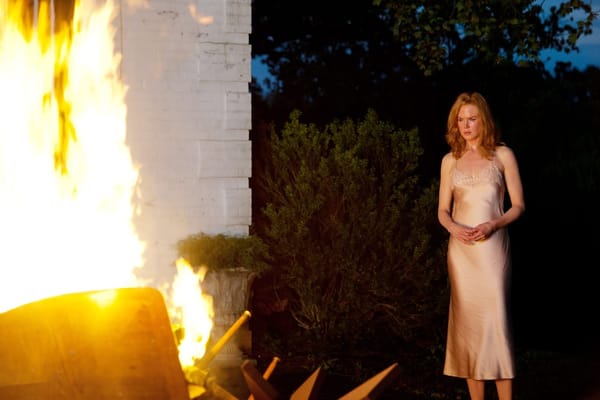70 Years After Her Death, Britain’s First Female Landscape Designer Finally Gets Her Due
Fanny Wilkinson designed more 75 public gardens in London during her 20-year career. Now she's being commemorated by the sculptor Gillian Brett.

A statue commemorating Britain’s first female professional landscape gardener is set to be unveiled in one of the parks she designed, more than 70 years after her death.
Fanny Wilkinson was born in 1855 in the Manchester suburb of Greenheys. Her father, Matthew Wilkinson, was a doctor who became president of the British Medical Association. Her mother, Louisa Letitia, was an American woman of Yorkshire descent.
Around 1880, after her father’s death, Fanny developed a passion for gardening that eventually became so fervent, she persuaded the newly formed School of Gardening at the Crystal Palace in Sydenham—an esteemed institution for aspiring professional gardeners— to take her on as their first female pupil.
In 1884, having completed an 18-month course at Crystal Palace, Fanny was elected as an honorary landscape gardener to the Metropolitan Public Gardens Association (MPGA), a charity formed in 1882—and that still exists today—dedicated to giving ‘to the people gardens, and to the children playgrounds.’

The MPGA was particularly committed to creating public parks—designing what the organization described as green ‘lungs’ in poorer districts of the city. Fanny ended up designing two of the most prominent ones: Myatt’s Fields Park in Camberwell, and Meath Gardens in Bethnal Green.
Some of her other projects included Red Lion Square Gardens in Holborn, Paddington Street burial ground in Marylebone, St. Bartholomew the Great in Smithfield, St. Martin’s in the Fields on Trafalgar Square. In total, she’s believed to have designed 75 public gardens in London during a career of about 20 years.
But Fanny wasn’t only a pioneer in the world of landscape design and gardening, she was also an ardent champion of women’s rights and an advocate for pay equality, decades before the notion of a working woman was an accepted social norm. (Which OK, even in 2025, is questionable.—your editor)
In an interview with a newspaper in 1890, Fanny—who was on the central committee for women’s suffrage with her friend Millicent Fawcett—is quoted as saying: “I certainly do not let myself be underpaid as many women do. There are people who write to me and think because I am a woman I will ask less than a man. This I never do. I know my profession and charge accordingly, as all women should do.”

She also campaigned for sanitary and political reform, and for women’s education and political rights.
In 1902, just before Fanny stopped working for the MPGA, she became the first female principal of the prestigious Swanley Horticultural College in Kent. After her retirement she settled in Suffolk, where she spent several years breeding prize-winning goats. Fanny died on 22 January 1951 at the age of 95.
A bronze statue of Fanny Wilkinson by the sculptor Gillian Brett is set to be installed on a water fountain in Coronation Gardens in Wandsworth, south west London, on July 3.





